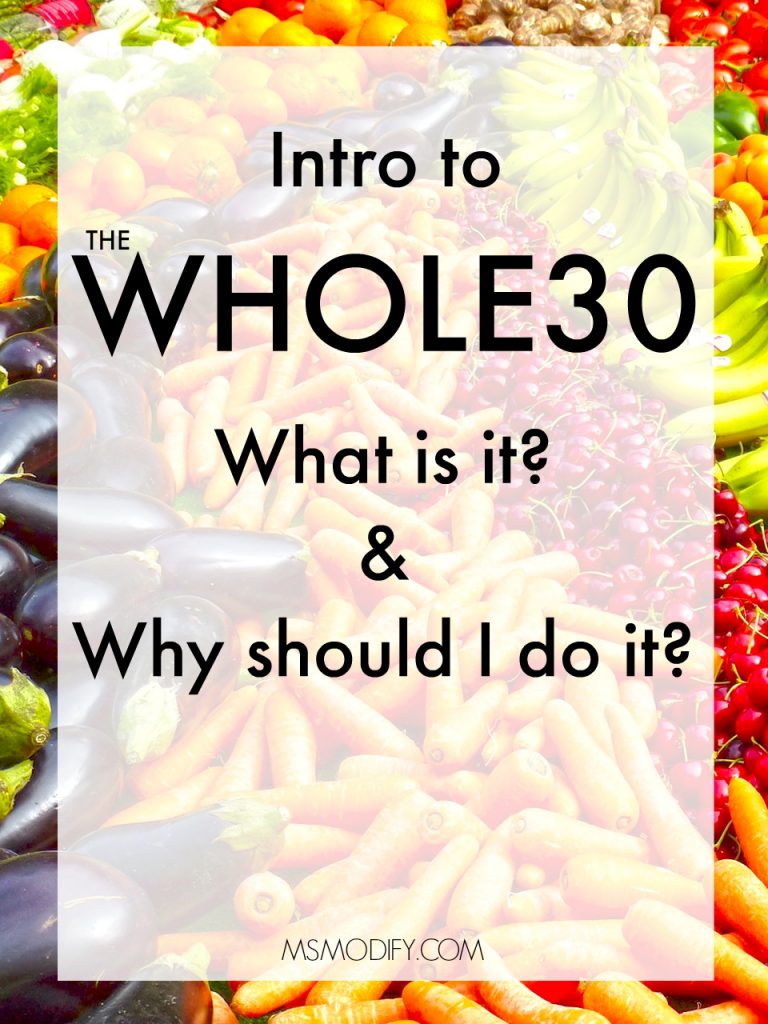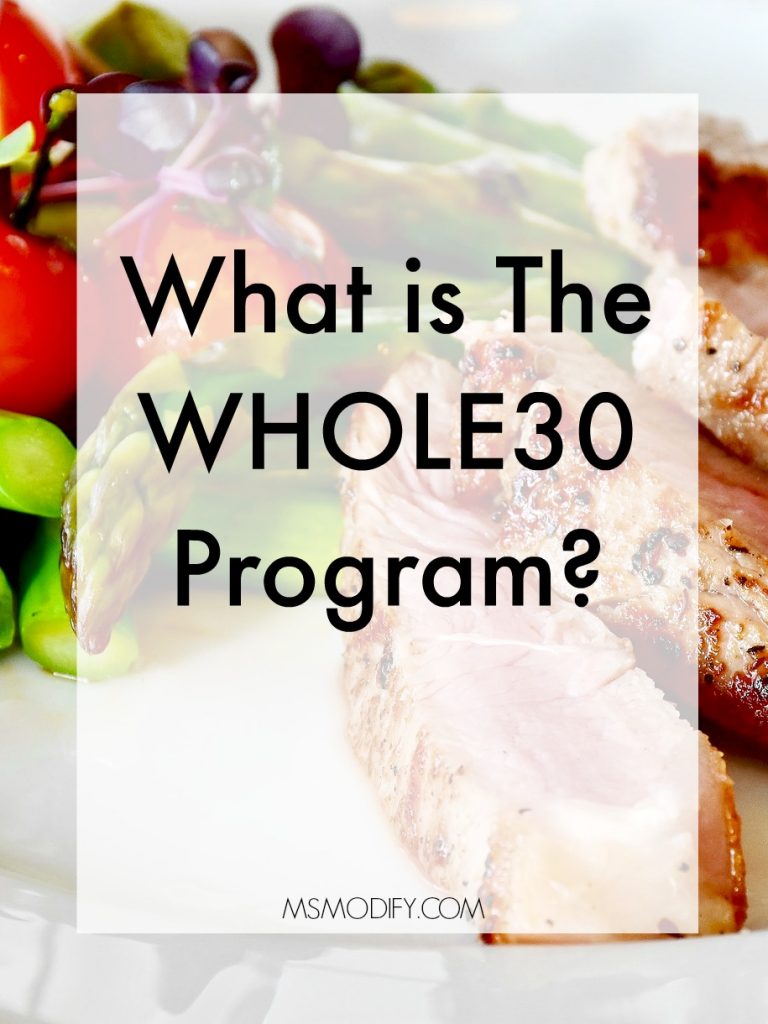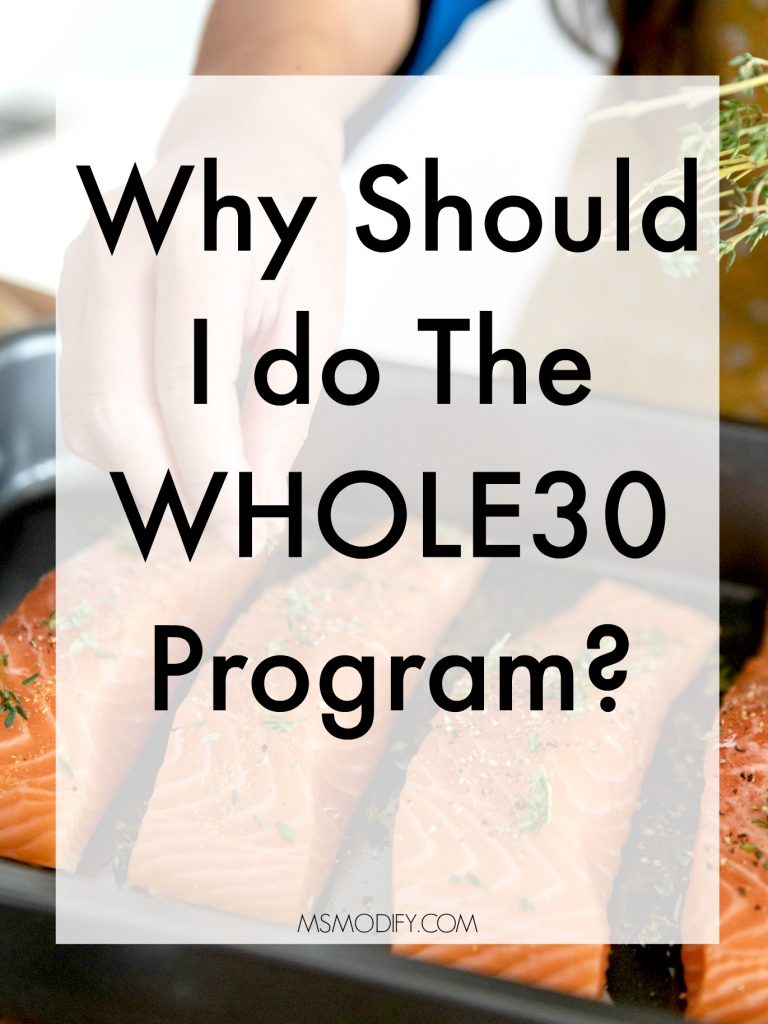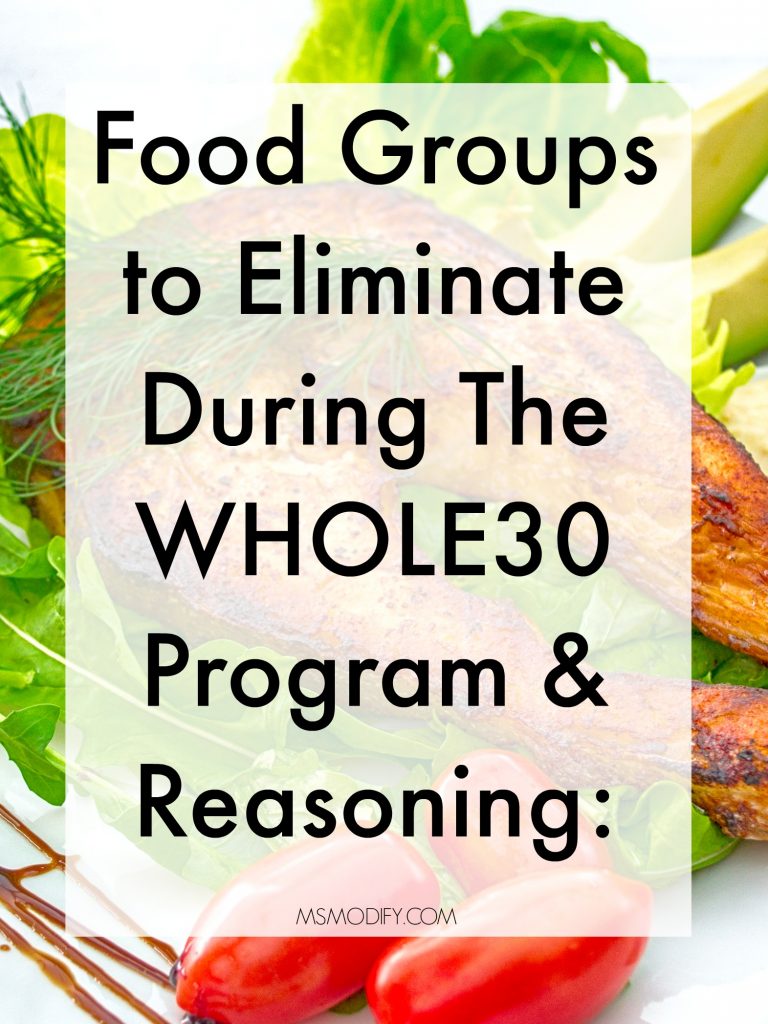After moving and finally getting settled here in my new home of Arizona, I’ve decided it’s time to get back on track with my routine and schedule. Included in this is also my eating habits and health routine.
Moving is hard you guys! Between packing/unpacking, organizing, coordinating people to come and set up services at our house, going to get a new driver’s licenses, changing over all our info and utilities, and the list goes on and on. While we were busy trying to get everything done, you know what was put on the backburner a little… us! Luckily there is a gluten free restaurant close by to our house, but eating out and grabbing snacks as you go isn’t ideal. This is challenging for someone like me, with celiac disease. You never realize how important your kitchen is until you’re in the moving process.
On top of the move, February was also valentine’s day and our wedding anniversary so that meant lots of dessert, eating out and more wine than I normally drink! Between the stress of moving to a new state and transitioning to our new life, late nights getting everything done and my diet not being as clean as it normally is… I’ve been more tired than normal and not quite feeling myself. With that being said, I need to do a reset and get back on track! To do this, the month of March I’m going to The Whole30 Program and I would love for you to join me!
I’ve completed two rounds of Whole30 in the past and they really were life changing for me and played an important role in how I adjusted my diet and cooking to better suit my health.
If you have no clue what I’m talking about and have never heard of the Whole30 Program, don’t worry I’ve got you covered!
What is The Whole30 Program?
The Whole30 Program is a 30-day dietary reset where you eliminate foods that could be having a negative impact on your health (like sugar, dairy, grains, legumes, alcohol, and junk foods—including those made with “healthy” ingredients), and commit to eating only whole, nutrient-dense foods for 30 days. It’s considered an elimination diet because you eliminate certain food groups for 30 days and once the 30 days are up you systematically introduce items back into your diet and evaluate each food group’s effect on your body.
The Whole30 is a chance for you to identify how certain foods affect your body and will help you make an individualized plan that works best for you!
Why Should I do The Whole30 Program?
If any of the following describe you, then you should try the Whole30!
- Aches or pains that aren’t from an injury or overuse
- Low energy or inconsistent energy levels
- Skin issues
- Digestive ailments
- Trouble sleeping
- Seasonal allergies
- Chronic pain
- Trouble losing weight even though you eat “healthy” and exercise
- Unhealthy relationship with food
Chances are, everyone can relate to at least one of these and what you might not realize is that these conditions are often related to the food you eat and how they directly impact your body!
According to the co-creator of The Whole30 Program, Melissa Hartwig:
“Eliminate the most common craving-inducing, blood sugar disrupting, gut-damaging, inflammatory food groups for a full 30 days. Let your body heal and recover from whatever effects those foods may be causing. Push the reset button with your health, habits, and relationship with food, and the downstream physical and psychological effects of the food choices you’ve been making. Learn how the foods you’ve been eating are actually affecting your day-to-day life, long term health, body composition, and feelings around food.”
Food Groups to Eliminate During the Whole30 Program & Reasoning:
- Added Sugar, Real or Refined: Sugar (even naturally found in honey, maple syrup, etc) do not contain vitamins or minerals and contain a lot of empty calories. Overconsumption of sugar leads to hormonal and metabolic dysregulation, which are inflammatory to the body. Sugar also disrupts the balance of gut bacteria, which promote digestive issues and inflammation in the gut.
- Alcohol: Alcohol is a neurotoxin. Also, it makes it harder for your body to control blood-sugar levels which causes changes to your intestinal lining which leads to “leaky gut”- promoting inflammation in the gut, which then travels everywhere in your body.
- Grains (Even Whole Grains & Grain-like Seeds): This includes wheat, oats, barley, corn, rice, millet, buckwheat, quinoa and any other gluten free grain. This group contains inflammatory proteins and fermentable carbohydrates that lead to an imbalance of gut bacteria and cause inflammation in the body.Grains also contain phytates or phytic acid which make certain minerals like calcium, magnesium and zinc found in the grains unavailable for use in your body. Because of this, grains are nutrient-poor compared to fruit and vegetables.
- Legumes (Beans, Peas, Lentils, Soy and Peanuts): Legumes have similar issues to grains. Also, legumes contain fermentable carbohydrates that disrupt gut bacteria, and commonly cause bloating, gas, stomach pain and other digestive issues. Soy is problematic because the content of compounds behave like estrogen in the body. Peanuts are a concern since they contain proteins called “lectins” that are resistant to digestion and can cross into our bloodstream and cause inflammation.
- Dairy (From Cows, Sheep and Goat’s Milk): Dairy proteins can cause inflammation in the body and have been associated with an increased risk of autoimmune diseases.
Wow that seems like a lot, I know! The Whole30 Program isn’t saying all these food are “bad”- it’s saying you don’t know which foods are bad for you and your personal health (not a one-size fits all approach!) until you eliminate them and systematically introduce them back in and see how you feel.
If you decide to jump on board and do a Whole30 round with me, then commit 100% for 30 days to follow along and not cheat! Not even one bit, not one special occasion… you owe it to yourself to dive fully in for 30 days!
I’m starting my Whole30 March 1 and I’d love you to join me! I will be posting more info the next couple days and post often in March to help you. If you’re not quite ready to start so soon, that okay too! Take all this info and start when you feel ready.
Stay tuned, I’ll be sharing the Whole30 rules, foods to focus on eating, shopping tips, recipes, and how to reintroduce these foods back in to determine how you feel!
Be sure to follow me on social media as I will be sharing all about my journey and additional resources!
This info came directly from the Whole30 website and book, so be sure to check them out if you want to learn more!





